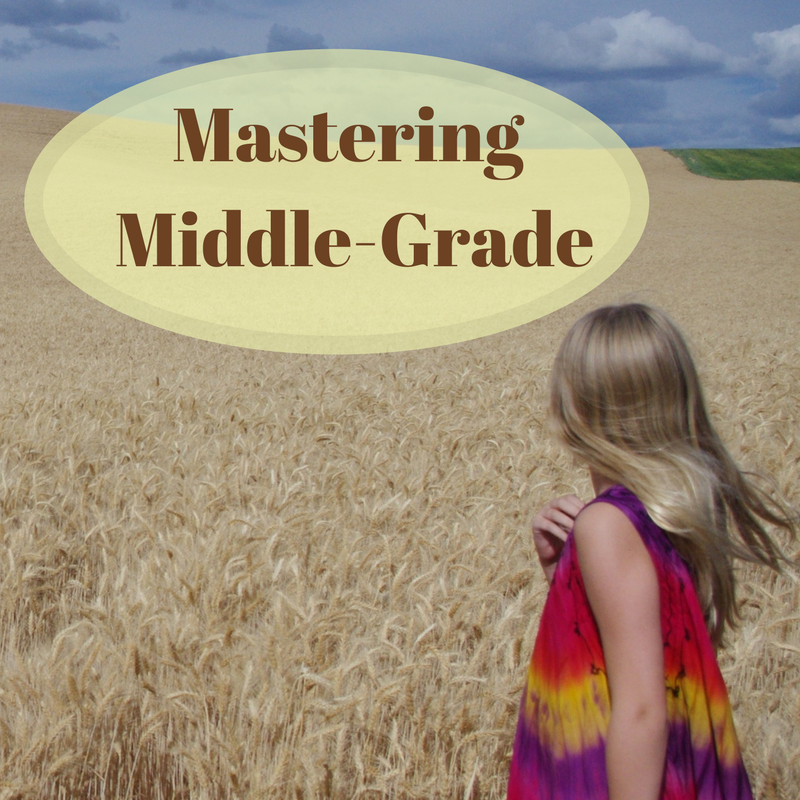If you love middle grade novels, you’re probably familiar with some of the unique characteristics of this genre. You don’t have to go far to find writing tips on expected word counts, use of age-appropriate language and topics, and developing a middle-grade voice. In fact, when I first started writing for this age group, I explored what the experts had to say about middle grade book parameters. In my research, several articles pointed out that this age group doesn’t have as much emotional maturity as a young adult audience.
Middle grade emotions typically manifest in physical actions and responses.
And while a young adult book will also show these emotions externally, the writing often includes more introspective reflections.
This surprised me. After all, kids of all ages grapple with hardships that vary in severity (from getting grounded to being abused). To help me better understand the difference, I envisioned a middle grade versus a young adult version of Little Red Riding Hood.
In the middle grade version:
I expect Ms. Hood might react to being swallowed by displaying physical indicators of distress, like weeping or chewing her nails.
In the young adult novel:
In addition to Ms. Hood weeping and chewing her nails, I expect her to agonize over life choices that led to the current predicament (being lodged in the stomach of a wolf.) Her internal reflection might read something like this:
Why do I always fail no matter how much I long to make Mother proud by doing the right thing? What is wrong with me? How could I not see through the wolf’s charm and recognize his true intentions? Will anyone notice my disappearance? Will anyone care?
Picturing it that way clarified the concept for me.
But that brought a follow up question. If it’s true that we should tone down introspective thoughts in middle grade novels, should MG writers avoid tackling topics that dive deeply into emotion?
I believe the answer is no. Don’t avoid the tough stuff. But always, always, always keep your target audience in mind, and keep it age appropriate.
Case in point.
Where the Red Fern Grows by Wilson Rawls is a powerfully emotional MG novel. The book follows the struggles of Billy, who makes multiple sacrifices to buy and care for two dogs. The dogs return his devotion by sacrificing their lives to keep Billy safe. The reader is so invested in the relationship between the characters that the dogs’ gut-wrenching demise hits close to home. Though fictional, it brings to light real world struggles children grapple with, like death and grief and remorse. But the story also offers the reader hope, because when Billy revisits his beloved dogs’ grave, he reflects on how he dealt with the loss.
I read the story when I was in sixth grade. In our classroom, the imaginary world provided a springboard to talk about and process crippling real-world emotions some of my peers knew all too well. As for me, I loved every bit of the book and cried my eyes out at the end. Billy’s closing words were some of the most poignant ones I’d ever heard, and I carried them close to my heart for years.
In today’s world:
It’s accurate to say that many children have experienced hunger, divorce, neglect or
other traumatizing events. And I believe they can better process the emotions that go with these burdens when a storybook character shows them they aren’t alone in their feelings… and that there is a path through the situation. So don’t shy away from heavier topics in your middle grade writing. Some kids grow up fast, whether or not they are emotionally mature enough to handle it. Your words may serve as a blueprint or even a lifeline for these tweens seeking to make sense of their world.
What emotionally charged middle grade novels have you read lately?
Let me know in the comments!
Until later!

Teacher and author Lori Z. Scott writes fiction because she’s like an atom. She makes everything up. She also has two quirky habits: chronic doodling and lame joke telling. Neither one impresses her boss, but they still somehow inspired Lori to accidentally create a ten-title bestselling children’s book series and on purpose write over 175 other publications. She continues penning stories as an excuse to not fold her laundry. Find her silly drawings, poems, and whatnot on Instagram @Lori.Z.Scott and look for her debut YA novel Inside the Ten-Foot Line coming October 2022.




1 Comment
A Place to Hang the Moon by Kate Albus is a wonderful example of this. Three children lose their parents and their home and are sent with other child evacuees during WWII to the English countryside and various foster parents, where they experience more ups and downs. It had been a long time since I read a novel for this age group and I remember being struck by how many hard things the children faced. All the while they pulled together and longed for a home, which they finally received. It was all the sweeter for what they had gone through.